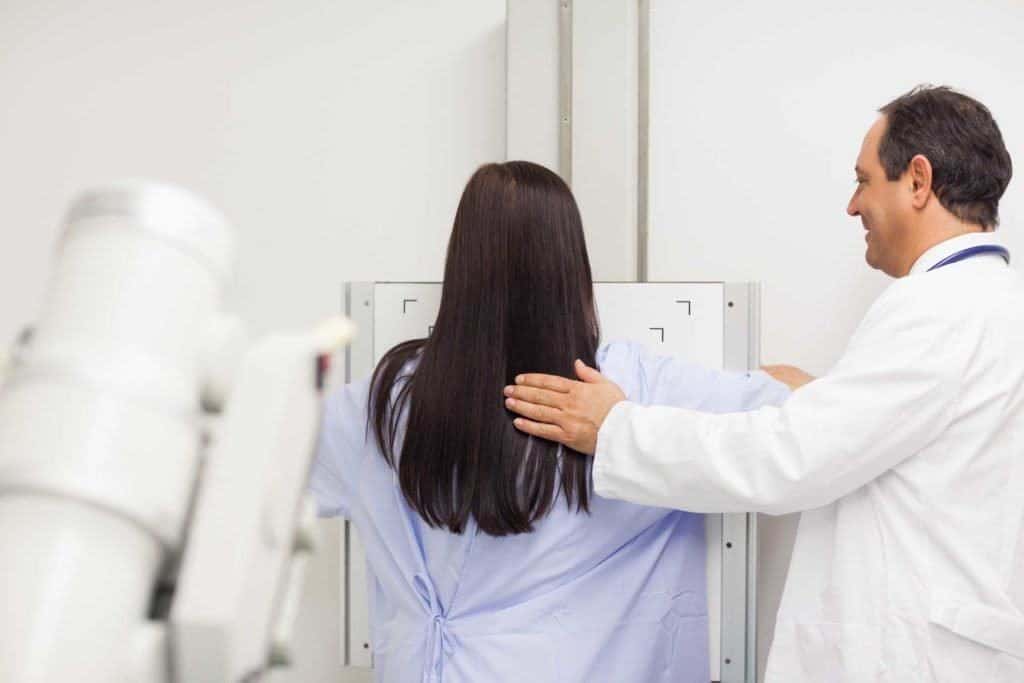Contents:
- Medical Video: Warning Signs of Spleen Disease That You Should Be Aware of
- What is hypersplenism?
- Hypersplenism causes
- What are the signs and symptoms?
- How do doctors diagnose this disease?
- What should be done if you experience hypersplenism?
Medical Video: Warning Signs of Spleen Disease That You Should Be Aware of
The spleen is an organ located in the upper left abdomen and behind the stomach. Not many know about this solid organ. In fact, the spleen has an important function in filtering out old and damaged cells. Well, a disorder in the function of the spleen can certainly affect your health condition. One of the spleen disorders that should be watched out for is hypersplenism.
What is hypersplenism?
Hypersplenism is the overactive work of the spleen. If the spleen works increases, the spleen removes blood cells faster before their age. Spleen also plays a role in the process of defense against infection. The spleen is the site of the development of B lymphocyte cells that play a role in the formation of antibodies. Disorders of the spleen can make you susceptible to infection.
Hypersplenism causes
This disease generally occurs due to splenomegaly or enlarged spleen. Enlargement of the spleen itself can be caused by:
- Liver cirrhosis
- Lymphoma
- Malaria
- Tuberculosis
- Connective tissue disease and inflammation
What are the signs and symptoms?
Other symptoms that can be found in addition to splenomegaly are easy satiety after eating and left abdominal pain. In addition, cytopenia can also be found which is caused by excessive spleen action resulting in too rapid destruction of blood cells. Destroyed blood cells can be either red blood cells, white blood cells and platelets, or all three are destroyed (pancytopenia).
Reduced blood cells can cause symptoms of anemia, recurrent infections, and easily bleed. Other symptoms are compatible with diseases that cause hypersplenism.
How do doctors diagnose this disease?
The diagnosis is made from a physical examination, and can be assisted by a stomach ultrasound examination and a complete blood examination to support the diagnosis. Hypersplenism is generally suspected in patients with splenomegaly accompanied by anemia or cytopenia.
CT scans and MRI are usually reliable checks because they are quite detailed. MRI is very useful for seeing thrombosis or blockages in the portal venous system or splenic veins. Examination of blood culture needs to be done to see the possibility of hidden infection.
Examination of liver function (SGOT and SGPT) and liver biopsy may be needed to see liver cirrhosis. Examination of bone marrow biopsy, flow cytometry, and immunochemical assay performed in patients suspected of having hypersplenism due to lymphoma.
What should be done if you experience hypersplenism?
Hypersplenism must be looked for the cause so that it can be dealt with immediately. In patients with anemia, blood transfusions can be done if needed.
Splenic ablation is a therapeutic modality offered in hypersplenism conditions. Spleen tissue is reduced by surgery (splenectomy) or by radiation therapy. Generally this therapy is taken if the symptoms caused by hypersplenism are quite serious.
Indications for splenectomy or radiation therapy for hypersplenism include:
- Hemolysis syndrome. Hemolysis is a condition where young red blood cells break. With the presence of splenomegaly, it will further shorten the age of red blood cells (under conditions of hereditary spherocytosis or thalassemia)
- Severe pancytopenia associated with massive splenomegaly (hairy cell leukemia, impaired fat reserves)
- Disorders of blood vessels that affect the spleen such as recurrent infarction, rupture of esophageal varices associated with increased splenic venous inflow.
- Mechanical pressure of other abdominal organs such as the stomach or blockage of the left kidney.
- Excessive bleeding (hyperplenic thrombocytopenia).
One of the functions of the spleen mentioned above is to prevent infection. If there is no indication as above, splenectomy should be prevented as much as possible. Patients who experience splenectomy really need immunization to increase their immunity, especially against bacteria Streptococcus pneumoniae, Neisseria meningitidis, and Haemophilus influenzae.
Prophylactic antibiotics can also be given to patients who have a risk of severe sepsis after surgery. The antibiotic group that can be used is penicillin or erythromycin class antibiotics. Patients who have a fever must be evaluated for the cause and given antibiotics until what bacteria are attacked.












